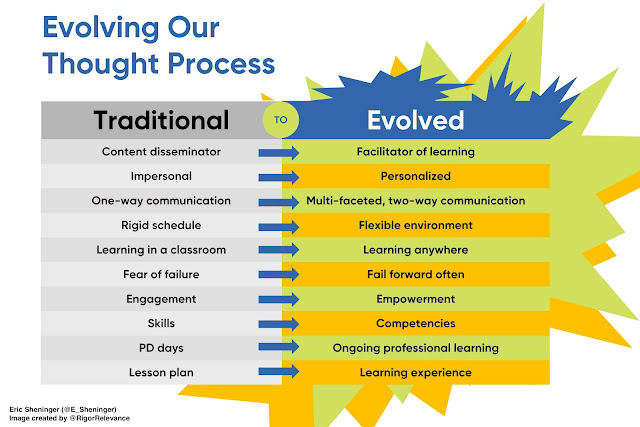
A Principal’s Reflections: Rethinking Normal
It always amazes me that we possess such vivid memories of some experiences yet tend to forget others. As the years’ pass, I am always trying to retain as many as possible from my childhood. One that sticks out goes way back to my pre-school years. Now I can’t remember if my twin brother and I were actually in a year-long program or just a set number of days where high school students worked with us. What I do recollect was the teacher, Mrs. McDonald. Years later, she would be my senior class advisor and someone I admired and respected.
She was always a creative spirit in how she taught and motivated learners in culinary arts and early childhood development. Now I remember only two things from my pre-school years. The first was a big wooden train that all of us would fight over to play with, as it was the most popular toy at the time. Pretty normal, I would say, in the later 1970s. The other memory was of purple cow milk. Until now, “normal” milk was plain or flavored with chocolate or strawberry. Mrs. McDonald pushed us to move beyond our tastebud comfort zones and our perception that you could only put certain additives to flavor milk. We discovered that grape juice in milk looked cool and was quite tasty. She empowered us to rethink normal.
There is no better time than now to rethink education and the practices that are both favored and employed. Now I am not saying to throw out the baby with the bathwater. Instead, my call to action is to fight the urge to teach the way you were taught and lead the way you were led. Change can be a good thing as there is no such thing as perfection in education. This truth presents a constant opportunity to innovate and grow. However, there will always be challenges lurking in various forms. I shared the following in Disruptive Thinking in Our Classrooms:
The human brain is wired to keep us safe, and as a result, we often become averse to change. The status quo and our personal comfort zones create a perceived safety net that is difficult to relinquish. Our past experiences often dictate or influence our current professional practice. When this mindset is combined with silos erected to protect ourselves and organizations from external information and new ideas, it becomes clearer why transformational change is often just an idea that never gets put into motion.
In a previous post, I shared the image below, which is a great starting point when it comes to re-thinking normal.
It is ok to challenge conventional wisdom. The world is not sitting back and waiting for us to get on board with disruptive change. While “normal” might seem like the best or safest option, the question is, are we preparing kids for the present and future or the world where we grew up? There is no better time than now to change our practice for the betterment of those who we serve, whether that is students, colleagues, or other stakeholders. It begins with rethinking normal.


